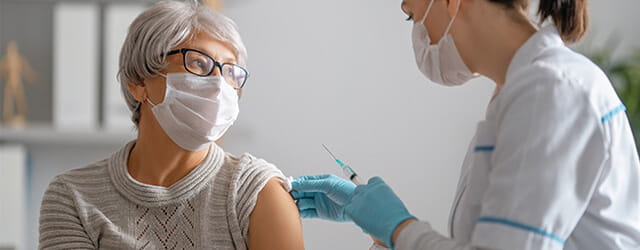The first two months of rehab are crucial to the healing process after ACL surgery.
You'll learn exercises that will help you:
- Regain strength in your knee.
- Control the quadriceps and motion of the knee.
- Start to improve flexibility in the knee.
Based on how severe your ACL injury was, you should attend PT at your local rehab center one to three times a week. You should also practice your exercises at home.
When you regain control of the quads and range of motion in the knee, the focus of rehab changes to:
- Gaining more strength in the quads.
- Improving control of the hamstrings and hips.
- Conditioning on the stationary bike or elliptical trainer.
At this time, your physical therapist might let you do more rehab on your own at the gym. You'll only need to come to the rehab center for routine check-ins.


















